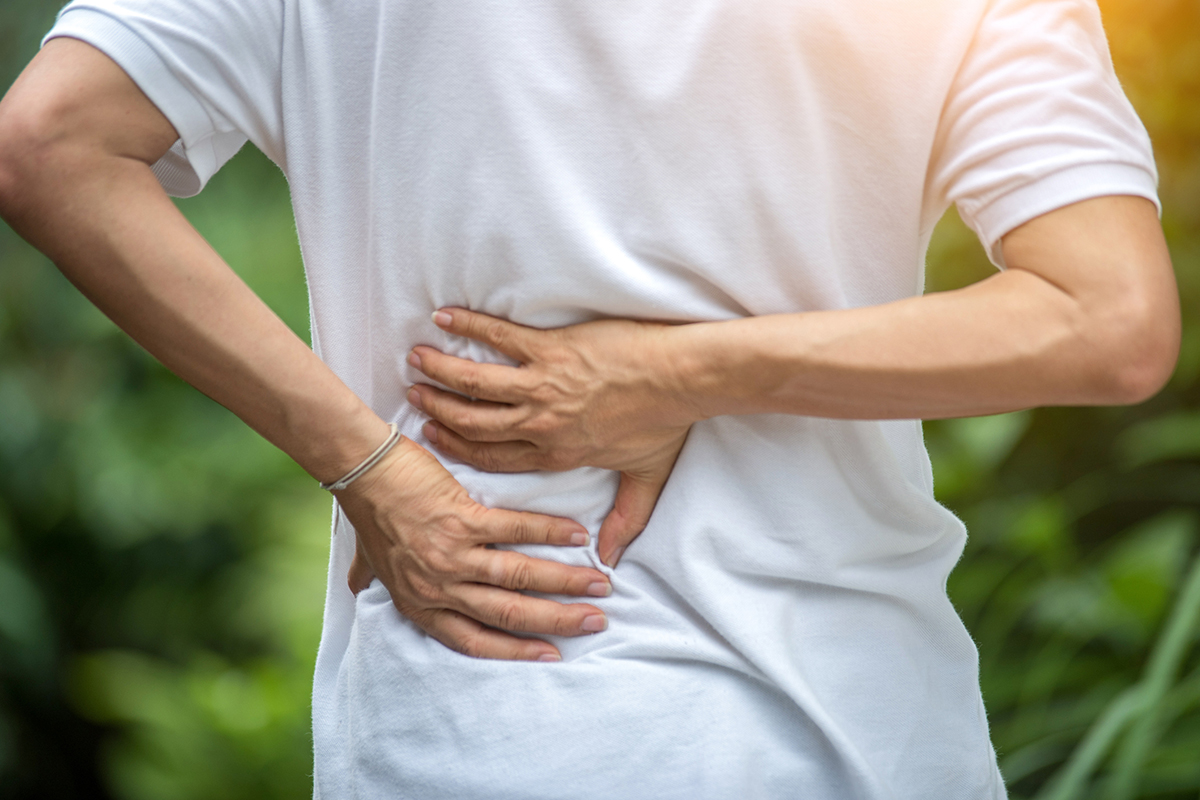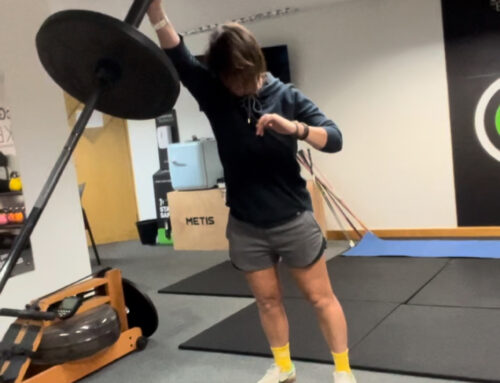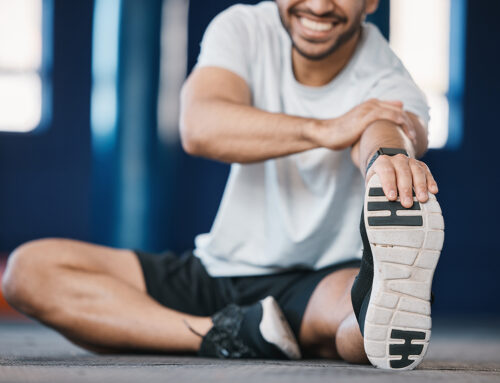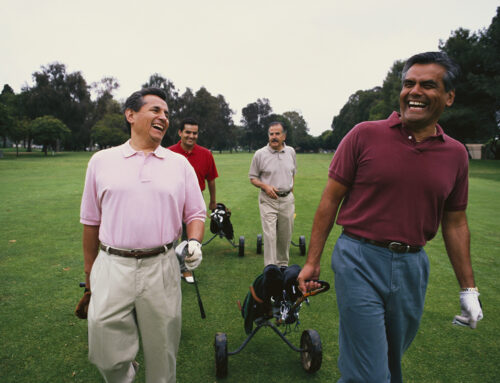
Is lower back pain ruining your golf?
Is lower back pain ruining your golf?
By Rachael Tibbs | October 13, 2020
Why do so many golfers struggle with lower back pain? Let’s look at five exercises to prevent back injury.
The golf swing applies a large amount of stress on the lumbar spine which explains why the most common injury in golfers is lower back pain. Bio-mechanical forces on the trunk, shoulders and hip rotation place huge amounts of strain on the lumbar spine and research has found that the amount of compression loads during one single golf swing can be the equivalent of up to eight times our body weight.
This is quite startling when you consider the number of repetitions an average golfer performs a week during practice and play.
Amateur golfers have also been found to be more prone to lower back injuries and pain than professionals, this is largely due to being less skilled, so generally having less efficient movement patterns when swinging, while repetition of these inefficient movement patterns through lots of range time increases the injury through overuse. That and hitting more golf shots during a round.

Long periods of time spent in these positions impacts our posture and can lead to muscle imbalances. Commonly people will tend to get tight in their hip flexors and lower back, the opposing muscles of the glutes and abdominals, and will become weak due to this.
These muscle imbalances impact the position of the pelvis, creating what we call anterior pelvic tilt. TPI refers to this as S-Posture as the lower back takes on an S shaped curve.
This adds a lot of pressure on the lower back and combining this with high repetitions of the golf swing, the lower back will be placed under a lot of stress and strain that it will struggle to cope with and there comes a point when it will start to break down.
I often find with the general population that the glutes are not working as they should. This can lead to lower back pain as the glutes create movements in the hip that are key to an effective golf swing such as rotation and extension. When the glutes are weak or not used, the lower back often is the area that picks up the added load.
So let’s take a look at five exercises to prevent back injury which are progressive in difficulty and aim to engage the abs and glutes, and will get the pelvis into a more neutral position. The core should be a strong canister that can transfer the forces applied through the swing into the club, and take the pressure of the lumbar spine.
Exercises to help reduce lower back injury: Glute Bridges
A great exercise to strengthen your glutes, support the lower back and stabilise your pelvis. But you must keep your anterior core engaged.
Exercises to help reduce lower back injury: Banded Hip Extensions
Single leg hip thrusts are another great exercise for golfers that struggle with lower back pain. As a single leg exercise they challenge your weaker side, allowing you to develop the strength and stability in both sides. Again as with the bridges, keep your spine neutral, anterior core engaged and squeeze the glute.
As well as developing glute strength and pelvic stability, it’s also very important to strengthen the abdominals (anterior core) and oblique muscles. Again to help resist the forces that the golf swing places on our lower backs.
These exercises are great to help develop our ability to avoid extension and rotation of the lumbar spine. Of the whole spinal process, the lumbar is designed to have the least amount of movement. These exercises help to keep it stable and able to better resist rotational forces.
Exercises to help reduce lower back injury: KB Leg Lowers
These KB arm bar leg lowers are a great anti-extension exercise.
They are great for:
💪strengthening the anterior core 💪 shoulder stability 💪 hip mobility ⛳️ posture (setup & dynamic) ⛳️ backswing coil ⛳️ force transfer
Exercises to help reduce lower back injury: Pallof Holds – Step Outs
An anti-extension exercise that helps to build up resistance to external forces created on the body in the golf swing!
Now not all back issues are muscular and I would always seek medical advice for severe or prolonged cases. But if it’s muscular or you know you are restricted in movement, then performing these exercises can help improve that and will make a real difference to your golf game.
Strengthening of the surrounding muscles will help support and protect the lumbar spine from the inevitable forces that the golf swing places on our body.
Next week I will be looking at the hips and pelvis and how improving movement here, can also help to ease and reduce your lower back issues.




